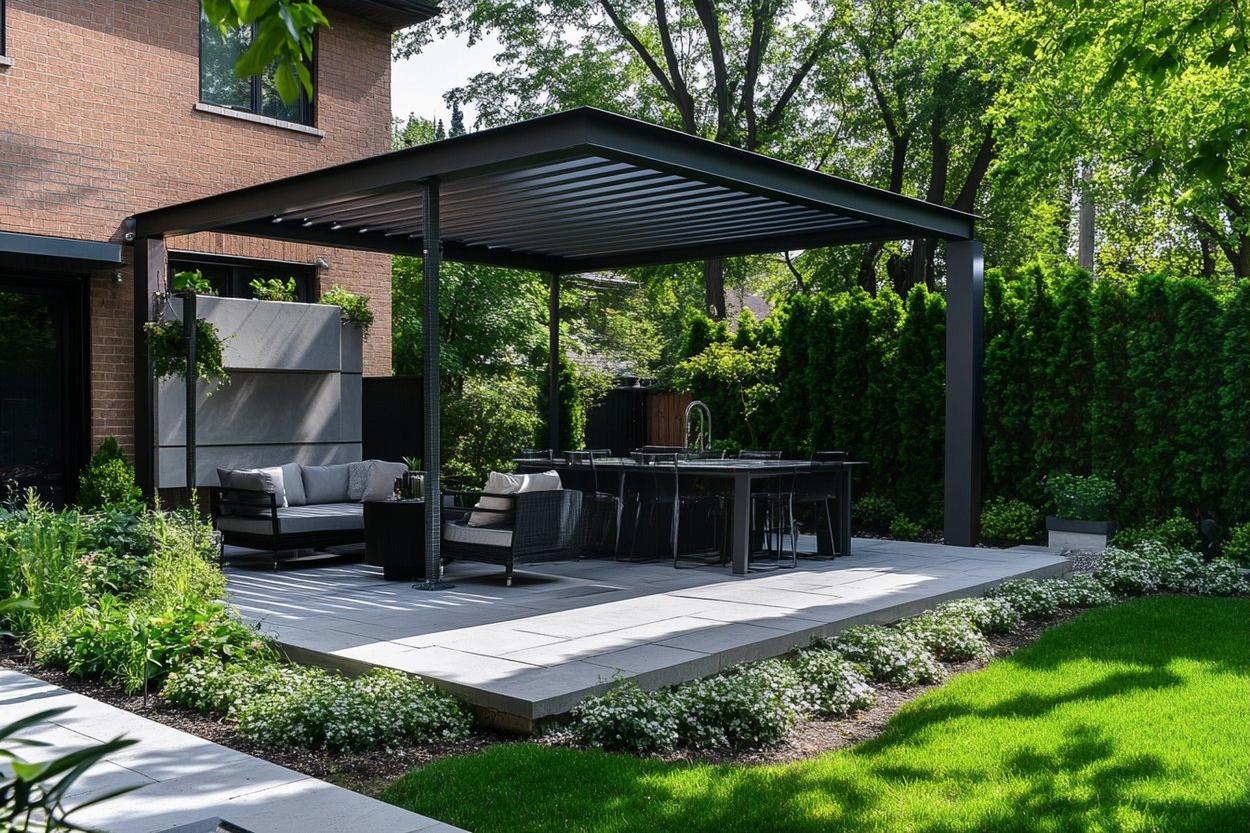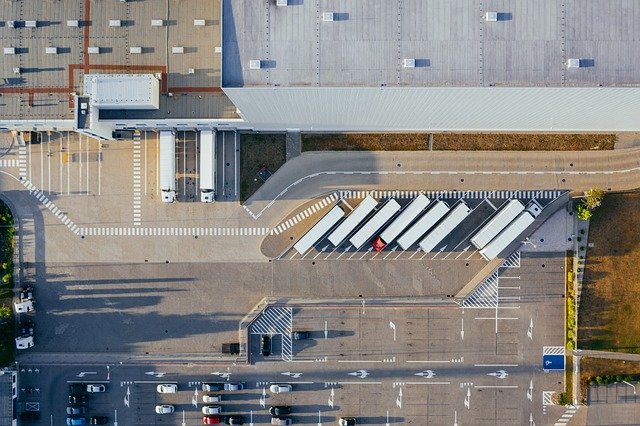Enhancing Your Outdoor Living Space with Awnings
As homeowners seek to maximize their living space and enjoy the outdoors, awnings have become an increasingly popular addition to patios and decks. These versatile structures offer a perfect blend of functionality and style, providing shade from the sun while creating a comfortable outdoor retreat. In this article, we'll explore the benefits of awnings and how they can transform your outdoor living area into a year-round oasis.

Modern awnings are constructed with durable, weather-resistant materials that can withstand various weather conditions. Many are treated with UV inhibitors and water-repellent coatings, ensuring long-lasting protection from the elements. Some awnings even come with wind sensors that automatically retract the structure during strong gusts, preventing damage and extending the awning’s lifespan.
What types of awnings are available for outdoor spaces?
There are several types of awnings to choose from, each suited to different needs and preferences:
-
Retractable Awnings: These versatile options can be extended or retracted as needed, offering flexibility in sun protection. They can be manually operated or motorized for added convenience.
-
Fixed Awnings: Permanently installed, these provide constant shade and are ideal for areas that require consistent coverage.
-
Freestanding Awnings: Perfect for patios or outdoor spaces without a supporting wall, these stand-alone structures can be placed anywhere in your yard.
-
Pergola Awnings: Combining the aesthetic appeal of a pergola with the functionality of an awning, these structures offer a stylish way to create shade.
-
Window Awnings: Designed to shade windows, these help reduce indoor temperatures and protect furnishings from sun damage.
How can awnings enhance the aesthetics of your patio?
Awnings are not just functional; they can also significantly improve the visual appeal of your outdoor space. Available in a wide range of colors, patterns, and styles, awnings can complement your home’s architecture and reflect your personal taste. From classic striped designs to modern solid colors, there’s an awning to suit every aesthetic preference.
Additionally, awnings can create a seamless transition between indoor and outdoor living spaces, effectively extending your home’s usable area. By defining a covered outdoor room, awnings can make your patio feel like a natural extension of your interior, perfect for entertaining or relaxing.
Some homeowners opt for custom-designed awnings that feature unique shapes or decorative edges, adding a touch of personality to their outdoor spaces. Lighting can also be incorporated into awning designs, creating a warm and inviting ambiance for evening gatherings.
What are the energy-saving benefits of installing an awning?
Installing an awning can lead to significant energy savings, particularly during hot summer months. By shading windows and glass doors, awnings can reduce solar heat gain, keeping your home’s interior cooler and reducing the need for air conditioning. According to the U.S. Department of Energy, awnings can reduce solar heat gain by up to 65% on south-facing windows and 77% on west-facing windows.
This reduction in solar heat gain not only helps maintain a comfortable indoor temperature but can also lead to lower energy bills. By decreasing the workload on your air conditioning system, awnings can contribute to reduced electricity consumption and potentially extend the lifespan of your HVAC equipment.
How do you choose the right awning for your outdoor space?
Selecting the right awning for your patio or deck involves considering several factors:
-
Size and Coverage Area: Measure the space you want to shade and choose an awning that provides adequate coverage.
-
Material: Opt for durable, weather-resistant fabrics that can withstand sun, rain, and wind.
-
Operation: Decide between manual or motorized options based on your convenience preferences and budget.
-
Style and Color: Choose a design that complements your home’s exterior and reflects your personal taste.
-
Local Climate: Consider your region’s weather patterns when selecting materials and features.
-
Budget: Determine your spending limit and explore options within that range.
-
Professional Installation: While some awnings can be DIY projects, professional installation ensures proper fit and functionality.
What maintenance is required for outdoor awnings?
To keep your awning in top condition and extend its lifespan, regular maintenance is essential:
-
Cleaning: Brush off loose dirt and debris regularly, and clean the fabric with mild soap and water as needed.
-
Inspection: Check for signs of wear, loose hardware, or damage to the fabric and frame.
-
Lubrication: For retractable awnings, lubricate moving parts annually to ensure smooth operation.
-
Storage: In areas with harsh winters, consider removing and storing your awning during the off-season.
-
Professional Servicing: Schedule periodic professional inspections and servicing to address any potential issues.
By investing in an awning for your patio or outdoor space, you can create a comfortable, stylish, and energy-efficient extension of your home. Whether you’re looking to beat the heat, enhance your outdoor aesthetics, or simply enjoy more time outside, an awning can be the perfect solution for transforming your outdoor living area into a year-round retreat.






